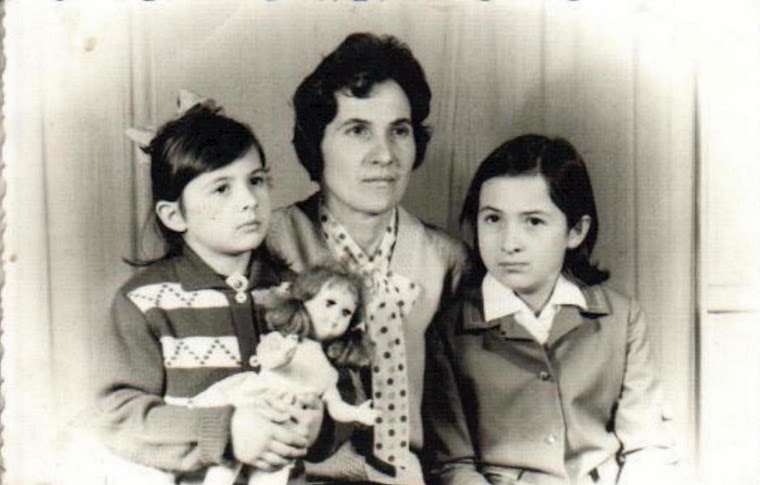On Friday we braved the snow and cold to go see more of the Central Station festival, this time an evening featuring three choreographers at Dance Theater Workshop. On the program were dances by Galina Borissova (Bulgaria), M�rta Ladj�nkszki (Hungary) and Cosmin Manolescu (Romania).
In the lobby prior to the show I had discussions with various people, trying to define what it is that makes the work from Central and Eastern Europe so distinct. It may be due, in part, to a consistent philosophical and intellectual rigor that is generally absent from American work. One senses, in many of these dance pieces, the importance of the interiority of the performer. While the movement is key, it seems to suggest that we should look towards the emotions and psychology of the dancer, rather than the movement in itself. Of course, the political unrest in the region informs the work, and it tends to be darker and bleaker than American or Western European work. And of course the influence of 70 years of Communism cannot be discounted. For so many years these countries were behind the Iron Curtain, subject to cultural isolation. While the art itself developed, it developed in a much different tradition, free from outside influences. And in some ways it as if we are seeing work that is much more closely related to the great philosophical movements of the late 19th and early 20th centuries, before the age of grand ideas came to an end.
Coming from a theater background, I tend to think of the early 20th century when I think of Eastern Europe: the deconstructivists and plays such as R.U.R., from which the term “robot” was born.
Anyway, back to the work at hand.
The evening began with Galina Borissova’s series of related solos entitled La Sonnambula, which are all part of her full-length piece Looking for Versavia.
La Sonnambula does, indeed, seem like the rumination of a sleep walker. The solos move fluidly from one to the next in a succession of surreal and suggestive sequences, punctuated by costume changes and the occasional prop.
In the opening sequence Galina enters the stage in a dress bulging at the belly, appearing to be pregnant. As she moves across the stage she plucks stones from the dress one by one and scatters them across the stage as she dances. Finally she bends over deeply from the waist and a cascade of stones falls from her bodice and over the floor.
In another sequence a stuffed-animal tiger is lowered from the ceiling on a rope. She takes the rope as if it were a long leash and does a coy, playful dance with the tiger.
A subsequent sequence has her bring a gentleman out from the audience to wait onstage as she goes into the wings and calls out, “Wait just a moment. I’ll be right there, I just have to put on a new dress. Or maybe this other dress. I also have new shoes.” Before she returns to the stage, however, he returns to his seat and Galina emerges from the wings, looking for her “suitor”, bereft. It is in that moment that you realize the scenario she has created.
I would say that this sort of questioning moment was the most defining feature of the work, and I find myself wondering about the extent to which cultural differences influenced the way the work was perceived. Galina’s choreography seemed to be in the vein of dark humor, yet the audience was, by and large, silent and respectful, earnest even. I didn’t get a chance to speak with her, or any of the presenters, to find out what the tone was supposed to be, but in discussion with other audience members at intermission there were several people who thought that it was humorous, that the piece was intended to have humor, but that they were afraid to laugh for fear of appearing disrespectful.
Nonetheless, it was a well-danced piece, well-executed and conceived. I would love to learn more about the ideas behind it.

